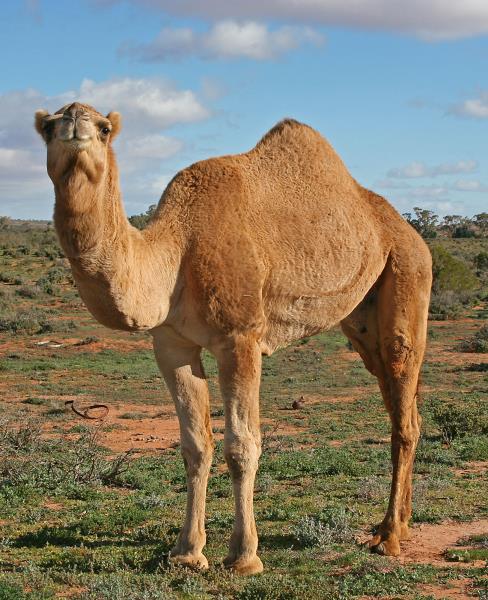COCONUT milk, almond milk, rice milk; there are so many options for milk replacements in your diet – really, it was only a matter of time before camel milk hit the shelves.
WA business, Australian Camel Dairies, has brought the new product to Australia.
Already popular throughout Europe, it could be the latest cash cow for WA at a tidy $20 per litre.
With an estimated 750,000 feral camels roaming the Australian desert, using the animals for milking may be a feasible solution to culling.
The health conscious claim camel milk is high in nutrients and many link the drink to helping a range of disorders including diabetes, autism, digestive problems and food allergies.
Camel milk has been drunk through arid and semi-arid regions since as early as 3000BC, according to a report from the United Nations Food and Agriculture Organisation, which said the use of camels for milk was vital to the nourishment of people living in these areas.
A 2006 report from the same organisation said camel milk, although slightly saltier than cows’ milk, was good for us.
“After all, nature designed it to help baby camels grow up in some of the world’s roughest environments – deserts and steppes. That helps explain why it is three times as rich in Vitamin C as cows’ milk,” the report said.
Camel milk does come with a warning – it is not pasteurised and can therefore contain nasty bacteria.
But for many, from the health conscious to the lactose intolerant, camel milk is the next best thing.








